The Toronto Jewish Film Festival, which runs from May 3-13 this year, is presenting two movies about the Holocaust. Saving Auschwitz? is a French documentary and The Testament is Israeli.
The Auschwitz concentration camp in Poland, the ultimate symbol of evil, has been expropriated for various purposes over the decades, as Jonathan Hayoun’s bracing documentary, Saving Auschwitz?, deftly demonstrates.
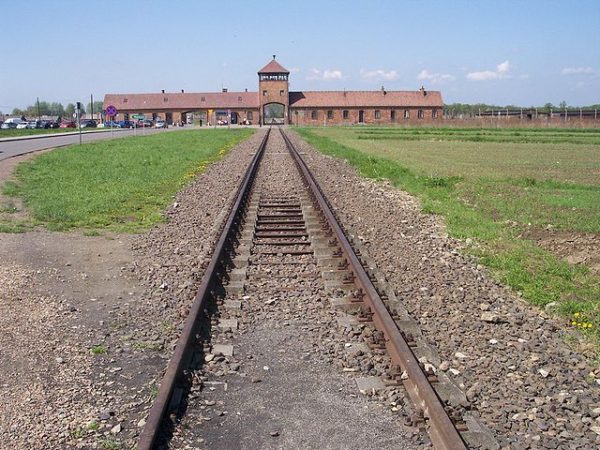
Hayoun makes his case by means of interviews with historians, Holocaust survivors and the director of Auschwitz, Piotr Cywinski. He fills in gaps with graphic file footage. The net result is thought-provoking, giving viewers new insights that provoke further debate.
The Nazis diabolically used Auschwitz, the largest in the concentration camp system, to exterminate Jews on an industrial scale, though 70,000 Polish political prisoners, 15,000 Soviet prisoners of war and gypsies were also killed there. In all, Auschwitz consumed 1.1 million people, 90 percent of whom were Jews.
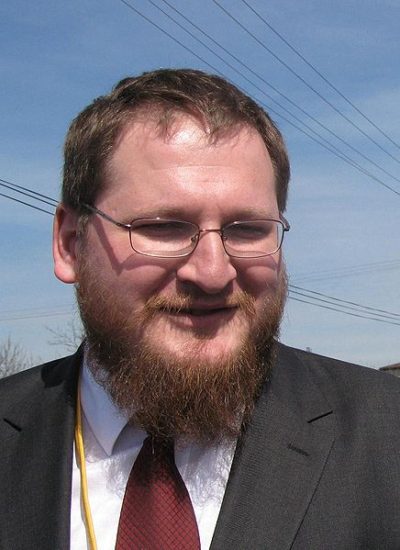
When Germany realized it would lose the war, the Nazis tried to erase all traces of the camp, which consisted of three sub-camps: Auschwitz, Birkenau and Monowitz. They did not succeeded. Much of it was still standing when the Red Army liberated Auschwitz on January 27, 1945, says Hayoun, whose film is scheduled to be screened on May 8.
With the German occupation of Poland having ended, the new Polish Communist government had to decide what to do with Auschwitz. Should it be a museum? A shrine? Or, alternatively, should it be razed to the ground?
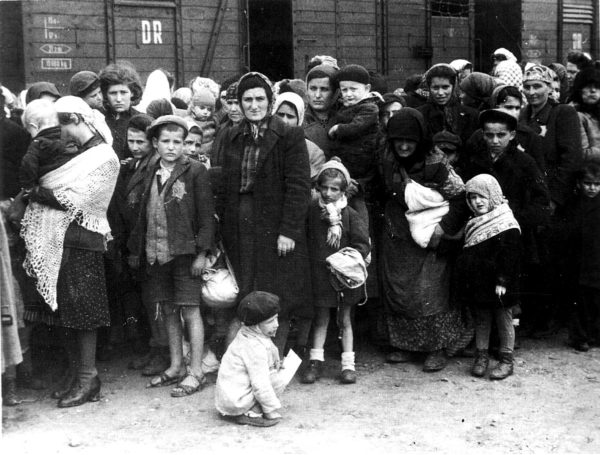
As Polish officials mulled the matter, Auschwitz fell prey to treasure hunters driven by antisemitic myths. Assuming that its Jewish prisoners had been rich, these gold diggers scoured the camp for precious jewels. They were expelled from the camp and replaced by former Polish inmates who wanted to protect and preserve it as a monument of Polish martyrdom.
In July 1947, Poland converted Auschwitz into a museum, leaving the ruins of Birkenau intact. Monowitz, which had been a work camp, was incorporated into neighboring towns and villages.
To Poles, Auschwitz-Birkenau became a place of pilgrimage, a “point of legitimacy” for the newly installed Polish government.
The closest town to the camp, Oswiecim, thrived in the wake of the war. But it was now “Judenrein,” the Germans having sent its 7,500 Jewish inhabitants, comprising half its population, to the gas chambers of Auschwitz.
With the Cold War having intensified following the war, the Polish regime used Auschwitz to vilify the capitalist West. In keeping with Communist ideology, the mass murder of Jews was downplayed.
During this period, most of its visitors were Poles. Few Westerners visited.
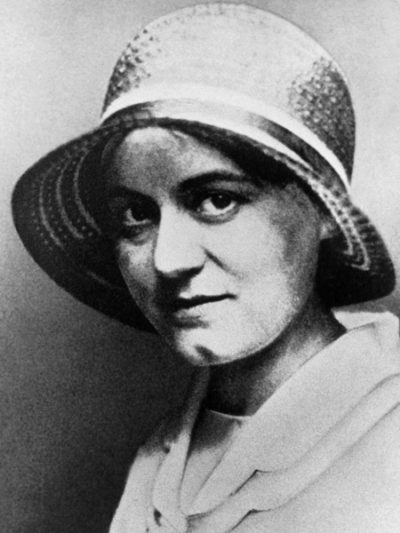
The first Polish pope, John Paul II, paid a visit to Auschwitz and half a million Poles turned out to greet him. Citing Edith Stein, a Jewish convert to Christianity, he linked Jews and Poles as tragic victims of genocide. Emboldened by the pope’s appearance, Carmelite nuns established a convent on its grounds, but Jewish organizations objected, accusing them of trying to Christianize Auschwitz. After 11 years of controversy, they left reluctantly.
Holocaust deniers like Robert Faurisson of France attempted to use Auschwitz for their own ends, but they failed abysmally.
By contrast, the Israeli government devised the March of the Living, an annual event that memorializes the six million Jewish victims of the Holocaust and centralizes Israel’s role in the Diaspora.
Hayoun also sheds light on a little-known issue — the urbanization of Auschwitz.
Parts of Auschwitz lie outside its official boundaries, and these spaces have been filled by local Poles who wish to lead normal lives in an abnormal landscape. The trouble is that two important faculties –a gas chamber and a railway ramp where Jews disembarked from trains — are located there. This has potentially far-reaching implications. Should this area be treated sacredly and left as is? Or should new construction be allowed?
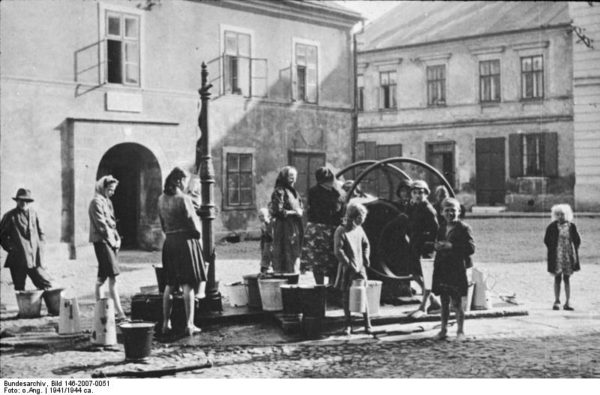
The residents of Oswiecim lobbied for a mall to be built near Auschwitz’s main entrance. But the idea was vehemently opposed by Jews as a sacrilege.
Hayoun raises another pertinent question as the film winds down. Should the number of visitors be controlled? Two years ago, when the camp hosted two million visitors, it was strained to its limits. Should a cap be imposed so that visitors have sufficient time to tour Auschwitz? Should its honky tonk carnival dimensions be eliminated?

As he suggests, these are issues well worth pondering.
In Amichai Greenberg’s somber feature film, The Testament, which will be screened on May 7 and 9, an earnest Israeli historian specializing in the Holocaust stumbles upon the shock of his life.
Yoel Halberstam (Ori Pfeffer) is searching for a mass grave in Lendsdorf, Austria, where 200 Jewish forced laborers were murdered and buried. He’s personally invested in this project because his mother, Fanya (Rivka Gur), survived this Nazi massacre. But he’s up against a tight deadline, having been given five days by the municipality to find it. If he misses the deadline, Lendsdorf will go ahead with a plan to develop the area where, he thinks, the bodies were dumped.

Halberstam, an observant Jew, returns to Jerusalem to conduct further research. He works in the gloomy basement of a modern glass building. Separated from his wife, he lives with Fanya, who’s reluctant to discuss the Holocaust.
As he delves into the Austrian incident, which occurred in March 1945, he’s dumbfounded by the revelation that his mother was, in fact, deported to her death during the war. So who is this woman masquerading as his mother? Being fearlessly devoted to the truth, he’s determined to get to the bottom of this conundrum.
He’s not encouraged to pursue this matter. A pragmatic rabbi advises Halberstam to drop it, but he can’t stop now. Finally, he stumbles upon irrefutable evidence that Fanya was not born Jewish. If that is indeed the case, Halberstam is a Christian under Jewish law. He doesn’t consider the possibility that his mother may have converted to Judaism. He just assumes she’s a Christian.
Thrown into a state of crisis by this explosive information, he blurts out his story to his sister. She’s very skeptical. Unable to come to terms with her brother’s revelation, she relegates his news to the “realm of doubt.” When he pushes back, she exclaims, “Forget about all this nonsense.” She then accuses him of blasphemy.
Undeterred by her fierce reaction, Halberstam continues his investigation, interviewing survivors. And in a scene that unfortunately misfires, he questions Fanya herself.
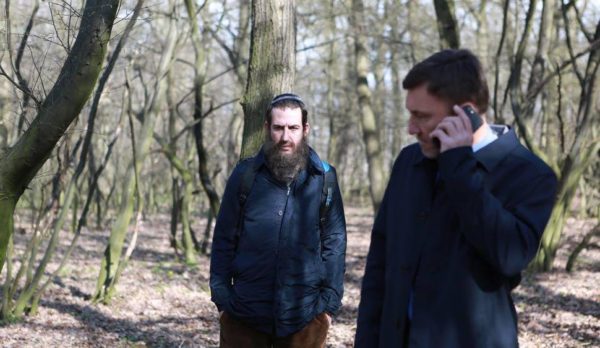
Halberstam’s obsessive quest for the truth prompts one of his colleagues to accuse him of using his position for personal gain. Being convinced he’s on course to find the mass grave, he returns to Lendsdorf to dig deeper. A tip from a local resident leads him to a nearby forest, but he comes up short again. Halberstam keeps pressing ahead, certain he’s on the right track.
The Testament, at times, is certainly suspenseful, but it doesn’t deliver an emotional knockout punch.
